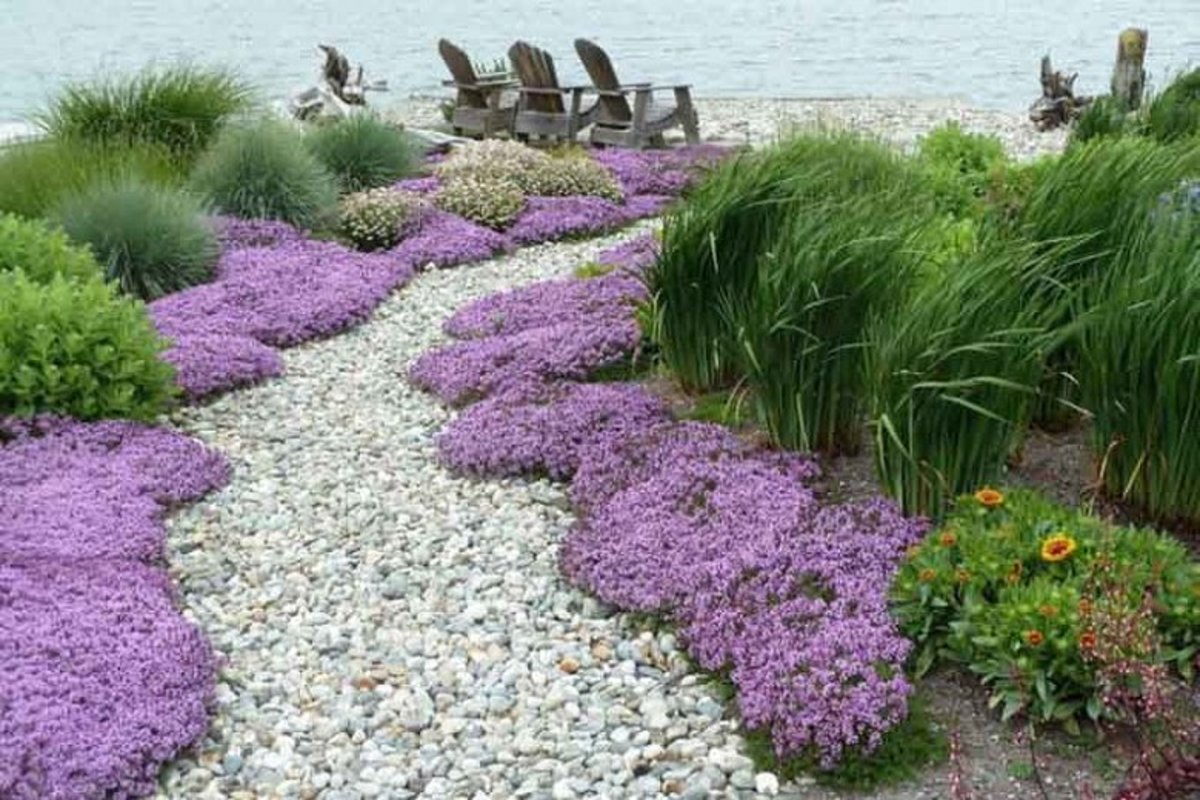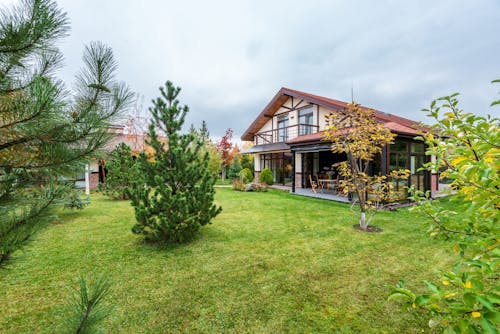Discover the Beauty of Ground Cover Plants: Enhancing Your Landscape Naturally

Ground cover plants are nature’s gift to landscaping, offering both aesthetic beauty and practical functionality. From preventing soil erosion to adding vibrant color, these versatile plants are a must-have for any garden enthusiast. Let’s delve into the world of ground cover plants and explore the wonders they bring to your outdoor space.
The Charm of Ground Cover Plants
Ground cover plants serve as the unsung heroes of landscaping, transforming dull patches of soil into lush carpets of greenery. With their low-growing habit, they provide excellent coverage while minimizing maintenance requirements. Whether you’re looking to fill in gaps between larger plants or create a uniform ground layer, ground cover plants offer endless possibilities for creativity and design.
Erosion Control: Nature’s Blanket
One of the primary benefits of ground cover plants is their ability to control soil erosion. Their sprawling roots anchor the soil in place, preventing it from being washed away by rain or blown away by wind. By creating a protective layer over the soil surface, ground cover plants help maintain soil structure and fertility, making them invaluable additions to landscapes prone to erosion.
Weed Suppression: Natural Weed Fighters
In addition to erosion control, ground cover plants act as natural weed suppressors. Their dense foliage shades the soil, depriving weed seeds of the light they need to germinate and thrive. By outcompeting weeds for space and resources, ground cover plants effectively reduce the need for manual weeding and chemical herbicides, promoting a healthier and more sustainable garden environment.
Bursting with Color: Flowering Ground Covers
For those craving a pop of color in their landscape, flowering ground covers are the perfect choice. From delicate blooms to bold blossoms, these plants add visual interest and charm to any garden setting. Whether planted en masse or used as accents, flowering ground covers create a vibrant tapestry of hues that delight the senses and attract pollinators.
Evergreen Elegance: Year-Round Greenery
For year-round beauty, evergreen ground covers are hard to beat. With their lush foliage and enduring appeal, these plants provide a reliable backdrop for seasonal changes. Whether blanketing the ground in shades of emerald or silver, evergreen ground covers offer timeless elegance and structure to your landscape, even in the depths of winter.
Low-Maintenance Marvels: Effortless Beauty
One of the greatest advantages of ground cover plants is their low-maintenance nature. Once established, they require minimal care, making them ideal for busy homeowners or novice gardeners. With proper sitting and occasional pruning, ground cover plants can thrive with little intervention, allowing you to sit back and enjoy your outdoor oasis with ease.
Conclusion
In conclusion, ground cover plants are a versatile and valuable addition to any landscape. From erosion control to weed suppression, from bursts of color to year-round greenery, these plants offer a multitude of benefits that enhance both the beauty and functionality of your outdoor space. Whether you’re a seasoned gardener or a novice enthusiast, consider incorporating ground cover plants into your next landscaping project for a truly spectacular result.
FAQ’s
Q: What are the best ground cover plants for shade? A: Some excellent ground cover plants for shady areas include hostas, ferns, ajuga, and lamium. These plants thrive in low-light conditions and add beauty to shaded spots in your garden.
Q: How often should ground-cover plants be watered? A: The watering frequency for ground cover plants depends on factors such as soil type, climate, and species. In general, it’s best to water deeply and infrequently, allowing the soil to dry out slightly between waterings to prevent root rot.
Q: Can ground-cover plants attract pests? While ground cover plants can attract certain pests like slugs and snails, proper maintenance and vigilance can help minimize pest problems. Regular inspection of plants, the removal of debris, and implementing pest control measures when necessary can help keep pests at bay.
Q: What is the ideal spacing between ground cover plants? A: The spacing between ground cover plants varies depending on the species and their growth habits. As a general guideline, space plants according to their mature spread to allow them room to grow and fill in the space effectively.
Q: How can I prevent ground cover plants from spreading too much? A: To control the spread of ground cover plants, regular pruning and maintenance are essential. Trim back overgrown areas as needed to maintain the desired size and shape of the plantings. Additionally, installing barriers or edging around the planting bed can help contain spreading varieties.



